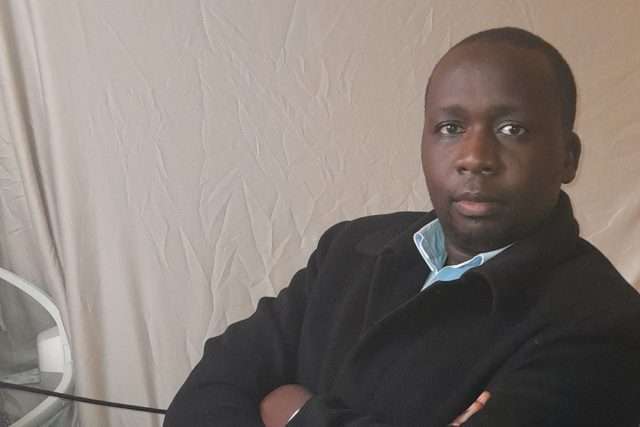When analyzing public budgets in Kenya whether at the national or county level, you have to decide which sector or sectors you want to focus on. For instance health or education sector.
Then go further and decide which issues that you want to tackle under that sector. It can be for instance, assessing government commitment towards reducing maternal mortality levels to international standards.
You need to bear in mind that the budget meant for health sector can be found under more than one area in the budget. In fact some may be found under Water and Sanitation.
When comparing budget figures from one year to another, it is important to adjust the figures to account for inflation. This is because inflation erodes the value of money.
Therefore, it is important to adjust the spending and other economic data for inflation.
We can do that through the use of the consumer price index which is made available by government agencies. For instance, in Kenya you can get the consumer price index from the Kenya National Bureau of Statistics (KNBS).
Example of adjusting for inflation:
If the expenditure on health sector was Ksh. 37.4 billion in 2016 and that expenditure remains the same in 2019.
With the expenditure on health remaining the same, the expenditure of 2019 cannot hire as many doctors and nurses as that of 2016 or procure as many equipment as before.
Therefore, to adjust for inflation, we multiply the spending in 2016 times the consumer price index for 2019. Then divide it by the consumer price index from 2016.
The answer we get is the adjusted figures to show the amount of money that is needed to achieve the same expenditure levels as that of 2016.
This might sound difficult for some of you, but with time it is going to be easy through regular practice.
Enactment of public budgets
It is compulsory for all public budgets to be approved by parliament both at the national/federal and county/provincial/district levels. However, the government may spend more or less that that amount in practice.
There is need to track the difference between the projected and actual spending. Remember, to look at both the recurrent and development expenditures. The latter consists of long-term infrastructure spending while recurrent expenditure is the normal government programs such as operations and maintenance, public wage bill, vaccination campaigns etc.
Many states also engage in off-budget gimmicks to keep some programs and spending outside the normal planning budgeting process. For instance, oil-rich countries spend oil resources without asking for legislative approval or expenditure of old-age pension programs.
Due to the amount of work that is required, budget analysis cannot be an occasional interest for organizations. This work requires regular monitoring and writing of hard-hitting reports and sometimes even calling for public finance management reforms.
In our analysis we must check whether the duty-bearer is using the maximum available resources (MAR).
Gross Domestic Product (GDP)
GDP can be used to measure priorities of the state. It is fortune that GDP is the standard measure of a country’s total resources. Every country has an estimated GDP which can be used during budget analysis. We completely understand that GDP is not a perfect statistics but until we find its replacement, we shall use it.
If you divide the budget for health or education by the country’s GDP times 100, you will get the percentage of GDP that is spent on health. Obviously, the higher the percentage the better. It shows where the state’s priorities lies.
Limitations of public budget analysis
You might be aware that budget analysis has its own limitations. The analysis can tell you how much was spent in each sector, program or sub-programs. However, it cannot tell you how much each sector needs to deliver services because this is a political and philosophical question. Further, budget analysis cannot tell you the quality of goods or services delivered to the taxpayers. In order to assess quality, you need to employ direct observations in the field to understand how various programs operate and who are the beneficiaries.
Always bear in mind that it is always easier to analyze budgeted spending, what real matters is actual spending. In Kenya, most of the times there is under-spending which means that the state is not using the maximum available resources due to incompetence or setting of overambitious goals in revenue collection.
As a budget analyst, always be careful because budget analyses can become dry stacks of numbers piled one on top of the other with little context to engage the reader.
Budget analysts can get international standards through using instruments such as the International Covenant on Economic, Social and Cultural Rights (ICESCR). First you check whether the state you are focusing on is a signatory of the covenant. At the national level use the Constitution and laws governing the sector which you are analyzing. Many countries have in place progressive constitutions which state that citizens have a right to education and health. In Kenya’s Constitution check Article 43 on Economic and Social Rights. Always remember that unlike Civil-Political rights which must be attained at once e.g. the right to vote, economic, social and cultural rights can only be attained progressively. One of the reasons why this is the case, is that these rights require plenty of resources which might not be available at once. A state may not be able to immediately provide health for all but this can be achieved over time if the state is committed towards that goal.
GOT a story? RING Kerosi Dotcom on +254 20 78 64348 or EMAIL info@kerosi.com


